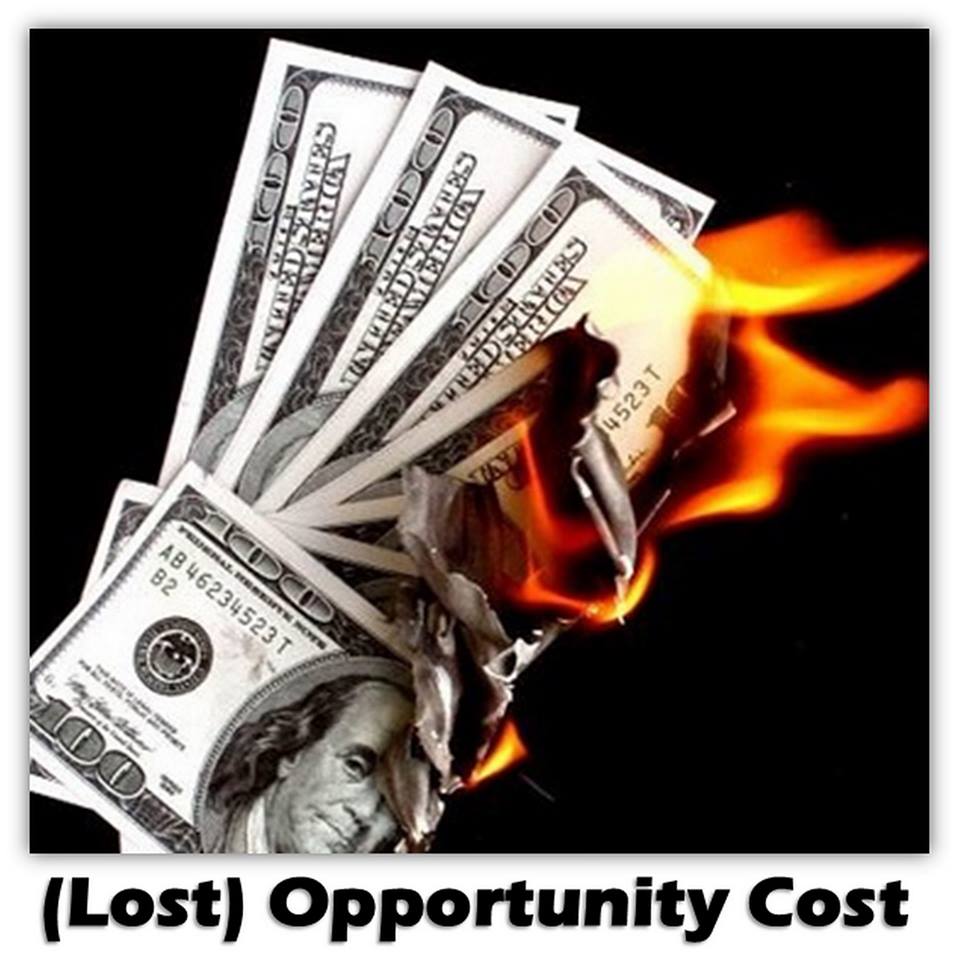 There is sometimes the perception that ‘celebs’ have got it all sorted. Well – this is few and far between. Whilst I am going to give you just 3 examples below – I realise that you have probably heard some of this before. And of course the ‘countless’ stories of those who have won the ‘Lotto only to blow their millions (and indeed their health and relationships) in a very short time period.
There is sometimes the perception that ‘celebs’ have got it all sorted. Well – this is few and far between. Whilst I am going to give you just 3 examples below – I realise that you have probably heard some of this before. And of course the ‘countless’ stories of those who have won the ‘Lotto only to blow their millions (and indeed their health and relationships) in a very short time period.
Read what happened – but most importantly learn from the lessons I’ve provided.
1. Donald Trump
“The Donald” and his different corporate entities have filed for bankruptcy four times: in 1991, 1992, 2004, and 2009. Each instance was a corporate and not a personal bankruptcy, which is often described as being the “restructuring of debt” and not going broke. But the fact remains that businesses associated with his name have needed financial assistance four times in the past two decades.
In exchange for getting some of these bankruptcies approved, Trump had to give up Trump Airlines, a mega-yacht, and an almost 50% stake in the Grand Hyatt Hotel. But even after all those filings, Trump currently has an estimated fortune greater than $2.7 billion, as he keeps his personal money separate from his business money.
Your Takeaway Lesson: If you are running a business, creating lifestyle options through assets and investing, you may want to establish yourself as a corporation. This way you can separate business funds from personal funds, and also limit your liability should your business start to falter.
2. Michael Jackson
Even before his death in 2009, the King of Pop was recognised as the most successful entertainer of all time by the “Guinness Book of World Records.” But in 2007, Jackson filed for bankruptcy after not being able to pay back a $25 million loan on his home, Neverland Ranch.
Neverland, purchased in 1988 for the price of $17 million, had grounds containing a zoo, an amusement park, a movie theater, a railroad line, helicopter pads, and its own fire department. It reportedly cost more than $10 million dollars a year to maintain, and Jackson was well-known for his shopping sprees, including a $6 million trip recorded for the documentary “Living With Michael Jackson.”
Even after signing a nearly $1 billion recording contract in 1991 and selling more than 750 million records, Jackson had just 0.05% of his net worth in accessible cash, which left him no option but to file for bankruptcy.
Your Takeaway Lesson: No matter your income or personal net worth, you cannot overextend yourself by taking on more debt or financing a grander lifestyle than you can afford.
3. Gary Coleman
Star of the TV program “Diff’rent Strokes,” Gary Coleman had to file for bankruptcy in 1999 after his parents and manager spent the majority of his money. Coleman had amassed $8 million in trust funds during his career as a young actor, but eventually discovered he had just $200,000 in cash to his own name.
His ongoing medical issues did not help his financial situation either, and Coleman died in 2010 after many years of financial difficulties.
Your Takeaway Lesson: It’s not what you make – but what you keep. It’s a dangerous gamble to not be educated or involved in managing your finances.
How Does This Happen?
The Number #1 Reason These Celebrities (and everyday people) commonly file for bankruptcy:
Lack of a Financial Education
Often, when you go from having nothing to having everything, a financial education is not part of the package. Learning how to save, budget, and invest can take years, and if you’ve never had substantial money before, you may never have learned these essential financial management skills. When handed huge checks to cash, many celebs go out and buy the biggest house and fastest car they can find, rather than learning how to properly handle their money.
Don’t Let This Me You. It’s Worth Checking That You Do ‘Have All Your Finances In Order’. I Promise To Give Your Finance & Investing Situation the ‘Once Over’ For FREE.
CLICK HERE TO BOOK IN ONE OF SIX AVAILABE POSITIONS FOR A LIVE CALL AT A TIME THAT SUITS YOU










